Housed in a townhouse in Regent’s Park is the Cranford Collection of around 700 artworks, which has been built by Muriel and Freddy Salem since 1999. Around a hundred works from the collection are now on display with artists such as Frank Bowling, Alice Neel, Lubaina Himid, Carla Accardi and Lynda Benglis while it is rotated every 18 months. In the last decade, they started to look at a number of 20th-century underestimated women artists. Besides collecting A-listers, the Salem collectors are open to collaborations and are recently hosting an artist residency with Camden Arts Centre, which allowed them to share time with younger artists.
LARRY’S LIST is honoured to have a conversation with Muriel and Freddy Salem about their considerations around a purchase; how the townhouse was renovated to better facilitate the display of artworks; why it is important for them to open their collection to the public and to initiate public programs; as well as the upcoming exhibition of their art collection in Montpellier, France.
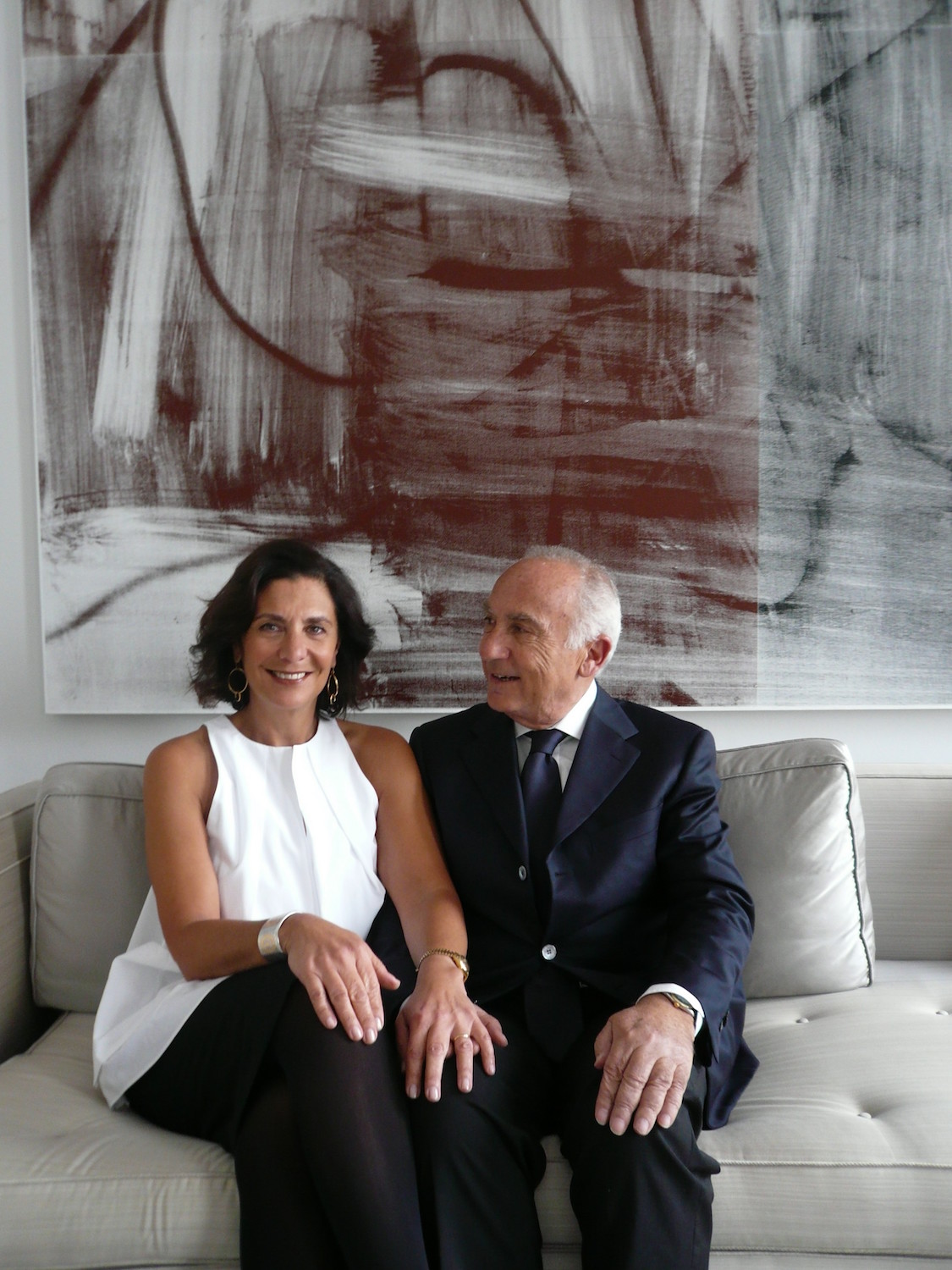
Collecting
What made you want to start collecting art? What is the main motivation behind your collecting?
I believe that living in London at the beginning of the years 2000s when contemporary art was so present and alive in the city encouraged us to participate. Collecting seemed like a great tool to support and to learn.
Is there any particular type of art that has consistently attracted you, or anything that unites all the works you have acquired?
We have focused our attention to the art of our time, opening later to more historical works. Our collection has an inner coherence linked to our personal journey and developed through personal and aesthetic encounters. It does not have a theme, but you will find a high number of women artists in it.
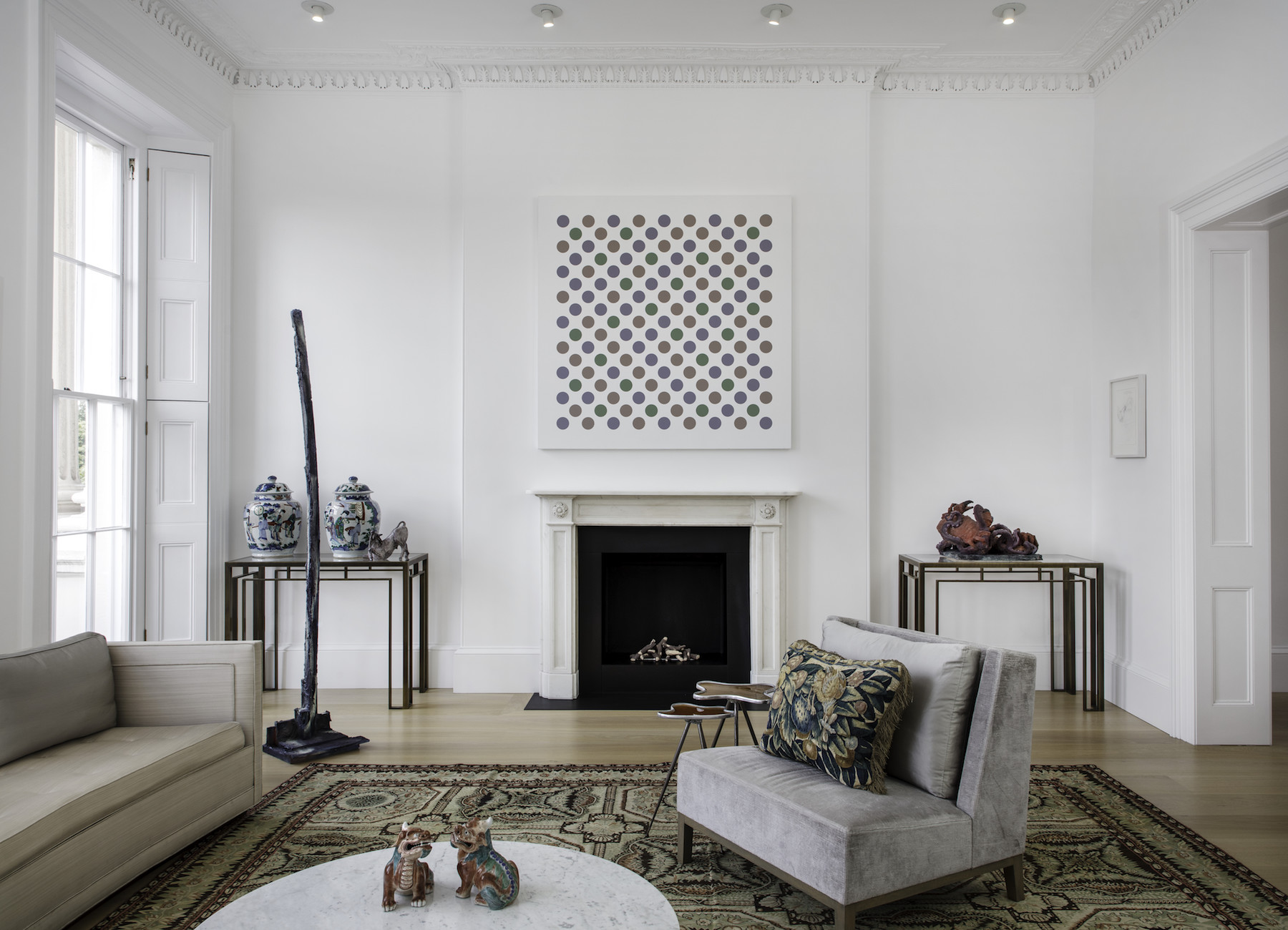
Bridget Riley, Measure for Measure 6 (2016); and Peter Wächtler, Untitled (octopus) (2014); The Cranford Collection, London. Photo: Richard Ivey Photography.
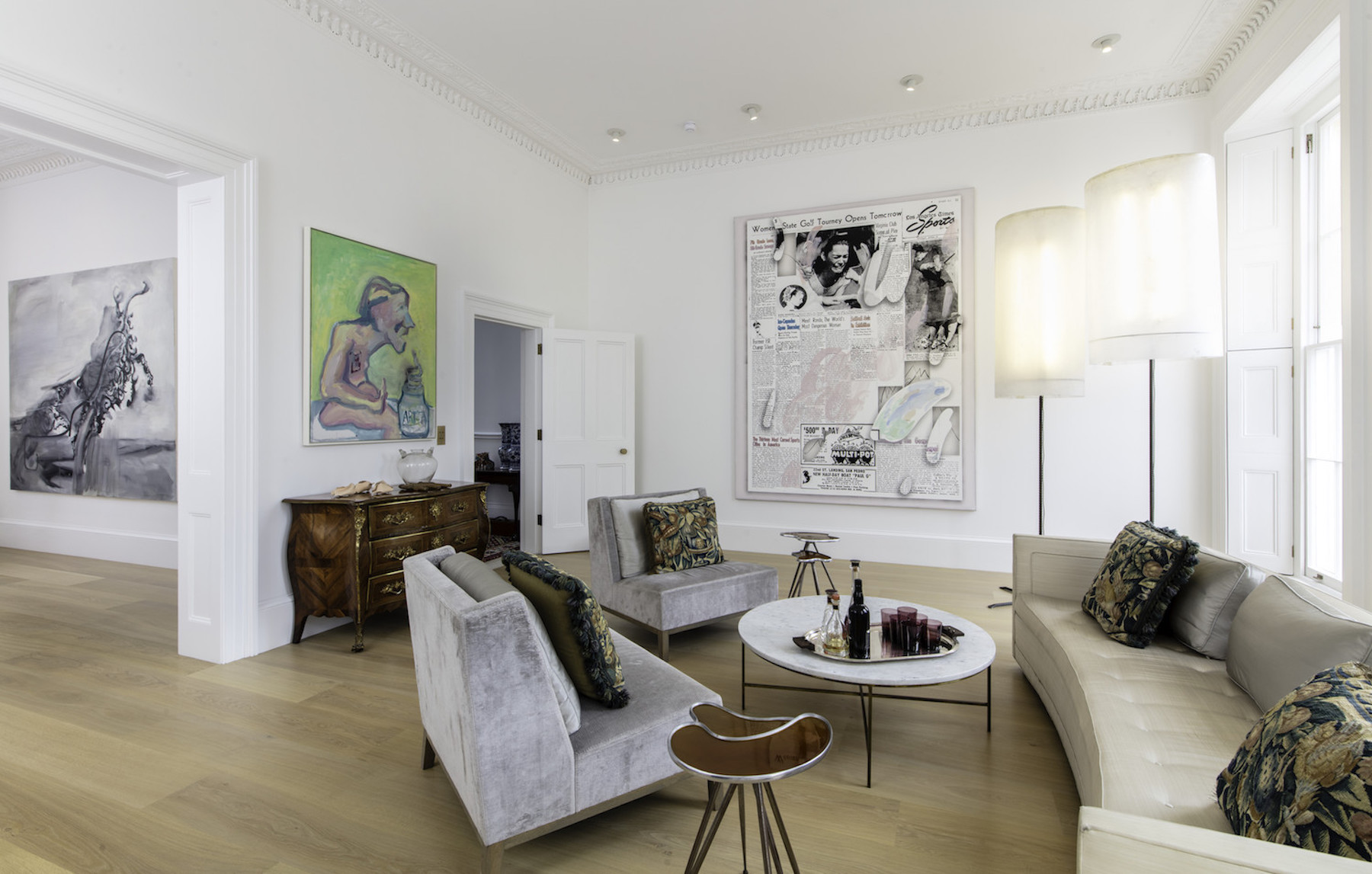
How has the collection evolved over these two decades?
We first collaborated with curator Andrew Renton who taught us about art, context, and responsibility. We started the collection with him, as a team and started sharing our collection through installations in our house. In 2011, Anne Pontégnie took over Andrew’s role as curator, and together we naturally evolved, rationalizing our acquisitions and taking responsibility for the collection management necessary to ensure its sustainability. We also started to look at a number of 20th-century underestimated women artists, such as Lynda Benglis, Carla Accardi, or Alice Neel.
You have collected many big names. How much attention do you also pay to works by emerging artists, and how do you discover them?
We look at as many emerging artists as possible, keeping our curiosity intact. However, the pace of the art world has accelerated, and we do not always have the time we would like to evaluate how much we want to engage with an artist. Recently a residency program that we are hosting with Camden Arts Centre has allowed us to share time with younger artists, such as Walter Price.
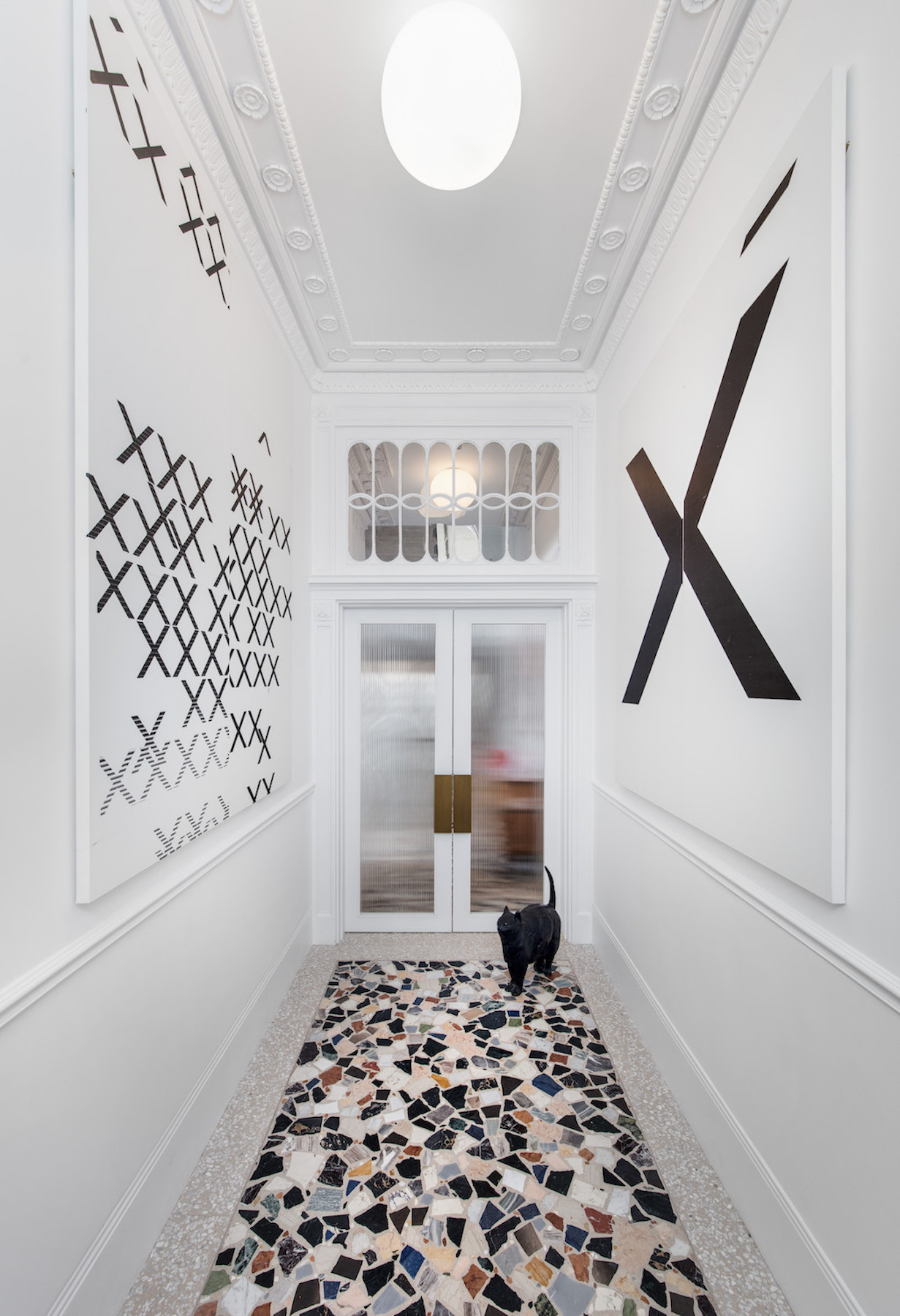
What were the first and the latest artworks you purchased?
The first in 2000, a Eames cabinet revisited by Martin Boyce; the latest in June this year, a beautiful portrait by Lubaina Himid.
You own almost 700 works. How many of them are on display at the moment, and where? How often do you rotate them?
About a 100 works are on display in London, some on loans to exhibitions, another 100 going to Montpellier in October for our exhibition at MO.CO. We rotate them every 18 months.
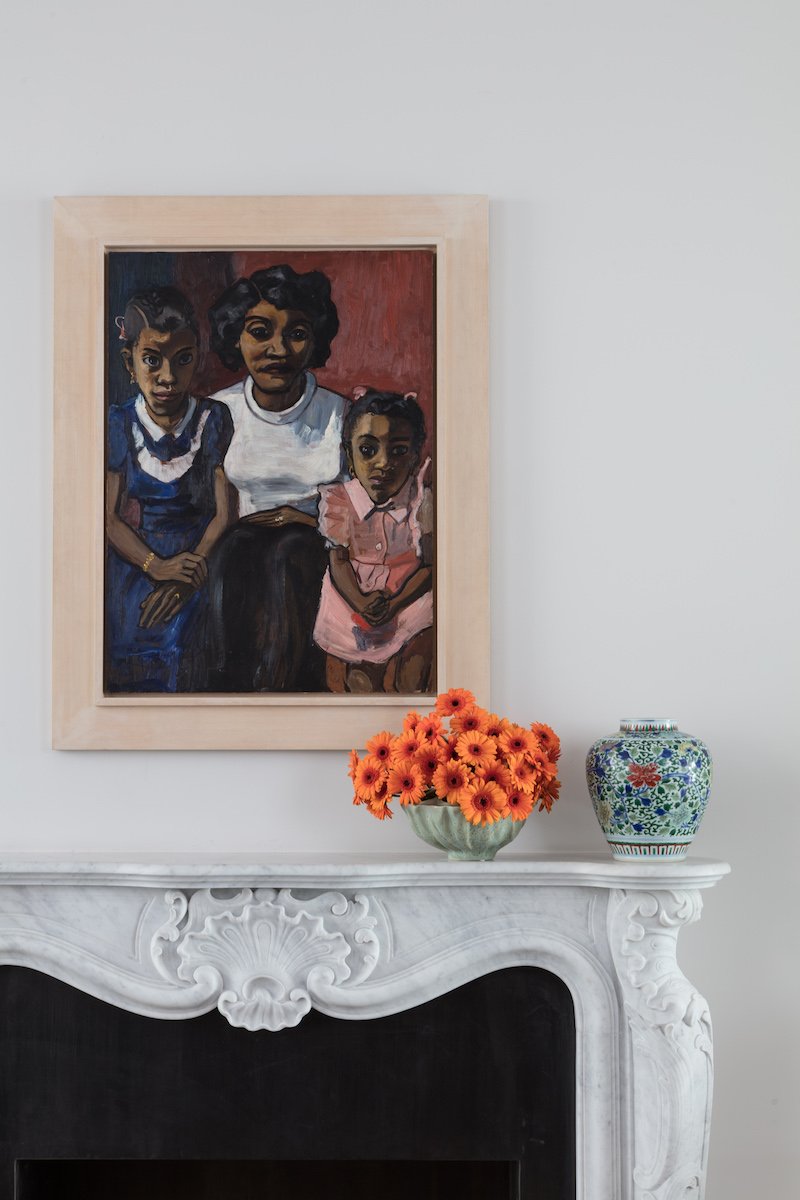
What considerations guide you to make a purchase?
A mix of passion and reason. First we need to genuinely connect to a work, then study where it comes from, learn about the artist, the context…
Is there any kind of artwork that can make you write a cheque without any consideration?
Do you mean without financial consideration? No, it would be foolish, but it has happened that we extended ourselves for a work we believed of major importance.
What is your most treasured artwork?
Impossible to choose one, there are so many considerations. However, we could probably select about a hundred works that are at the core of the collection, but on reflection, even that fluctuates.
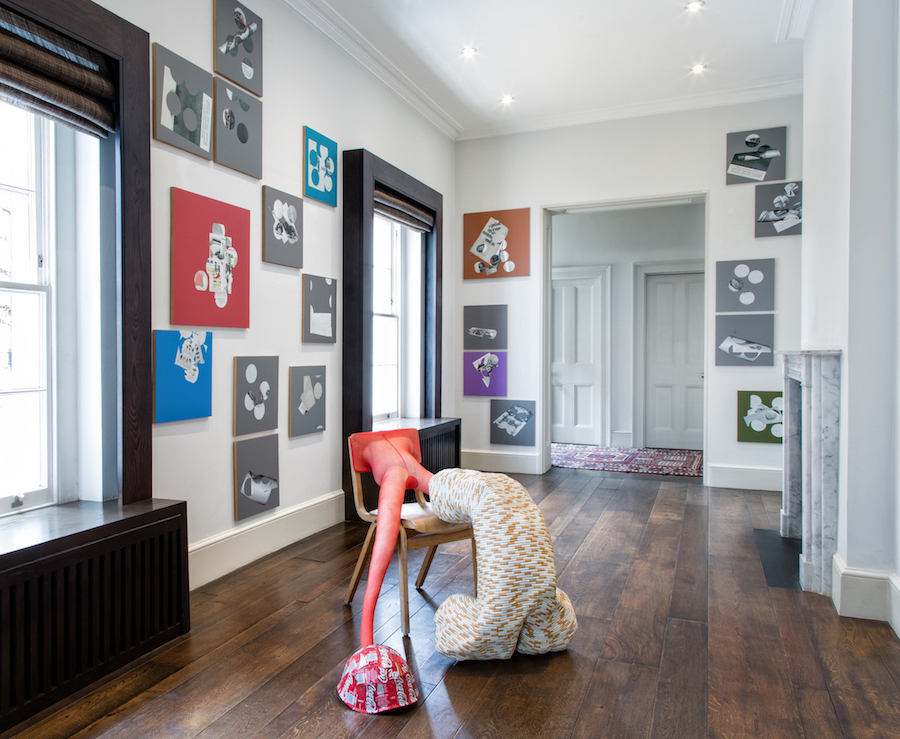
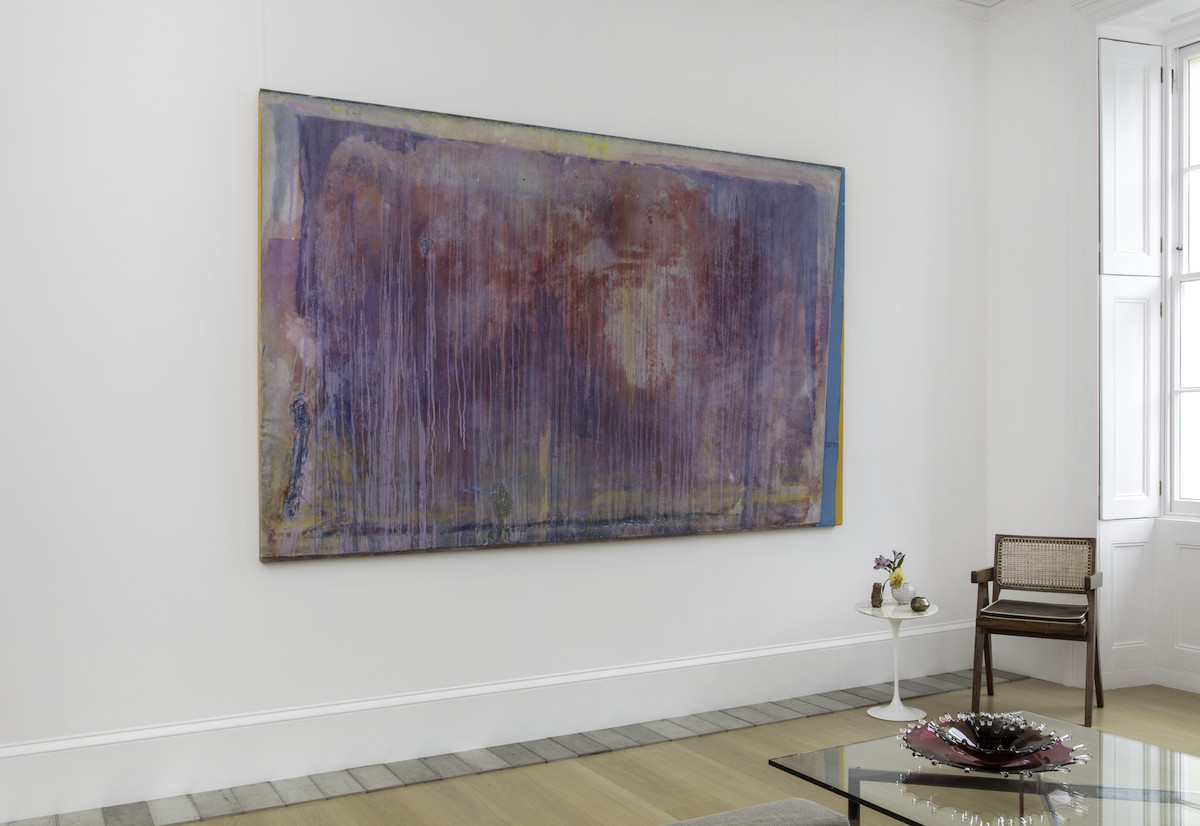
How important is it for you to meet the artists who created the artwork?
It can be crucial when it is a young artist, as it helps understanding what she/he stands for, how much commitment she/he has for art. In general, we try not to impose ourselves on artists and learn from material available to all such as interviews and texts. Luckily, we do have artists we talk to regularly such as Sophie von Hellermann, Rebecca Warren or Christopher Wool. It is always an honour.
How is your relationship with the collection curator Anne Pontégnie? Do you discuss your purchases with her?
It is an ongoing conversation where we learn from each other. It can be challenging sometimes, as we do not always agree, but our collaboration helps us to structure our thoughts and desires, and to keep the collection open to new artists and ideas.
What is your advice to young and fresh collectors?
Look and learn, follow your own path.
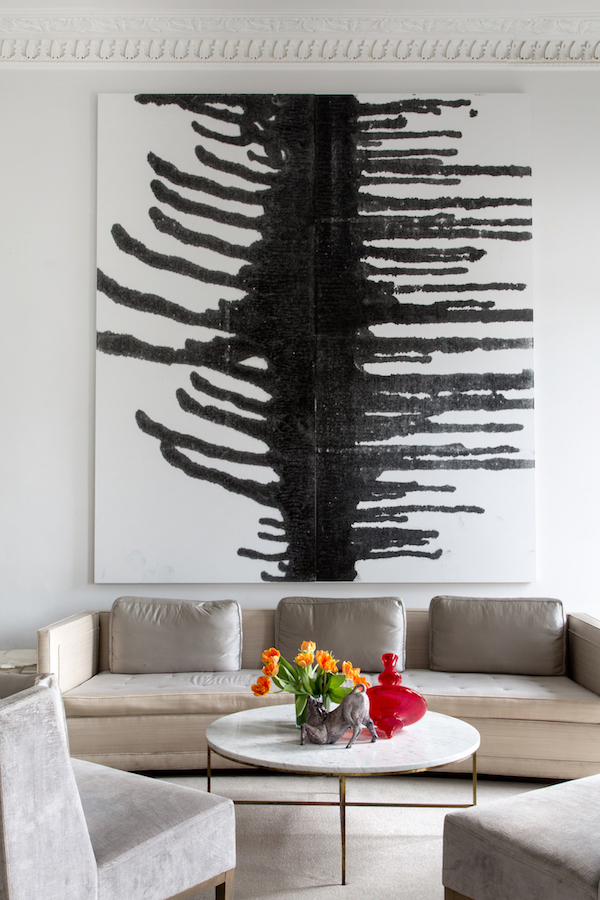
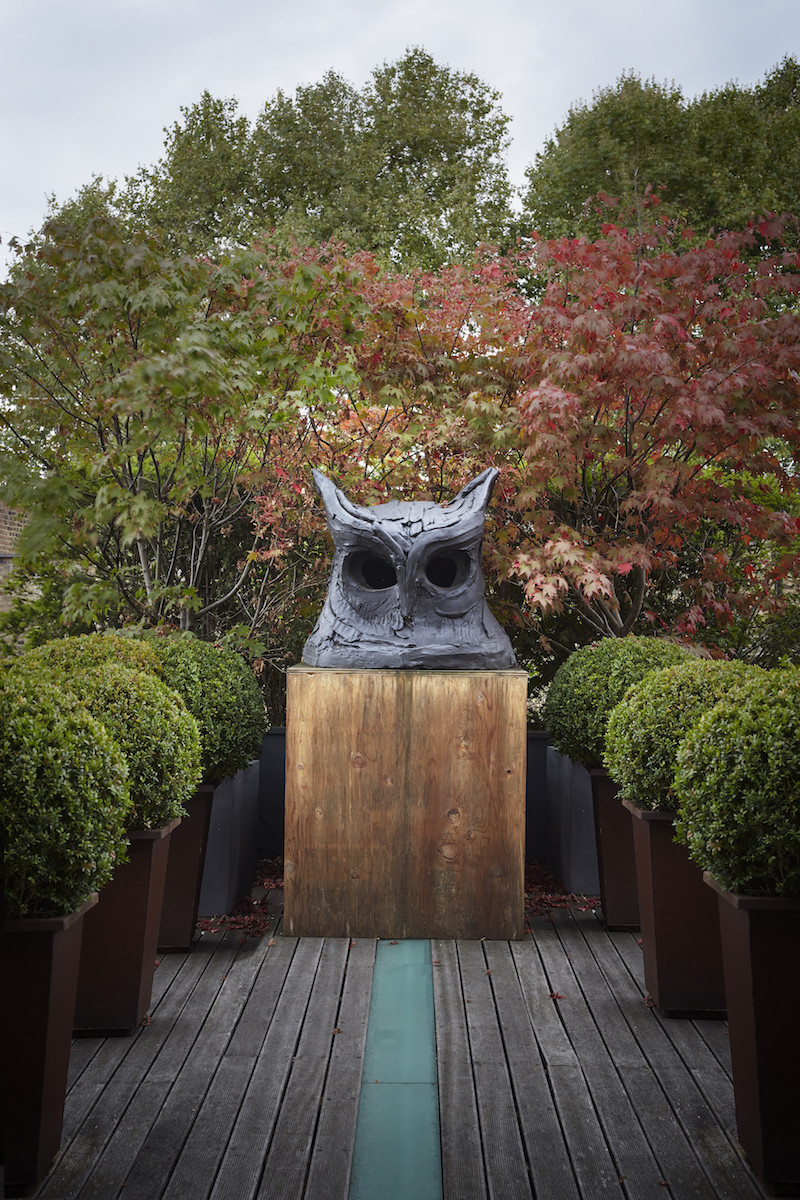
Opening the Cranford Collection to the public
What is your motivation behind opening your collection to the public since 2005?
A desire to share, and a responsibility not to keep artworks for ourselves only.
You engaged architectsGabriel and David Chipperfield to renovate the townhouse located at Gloucester Gate in Regent’s Park in order to better present your art collection. What are the changes made to facilitate this?
They have opened up a circulation in a house that was truncated into parts, they have brought a better light and created perspectives from every room that create great dialogue between artworks.
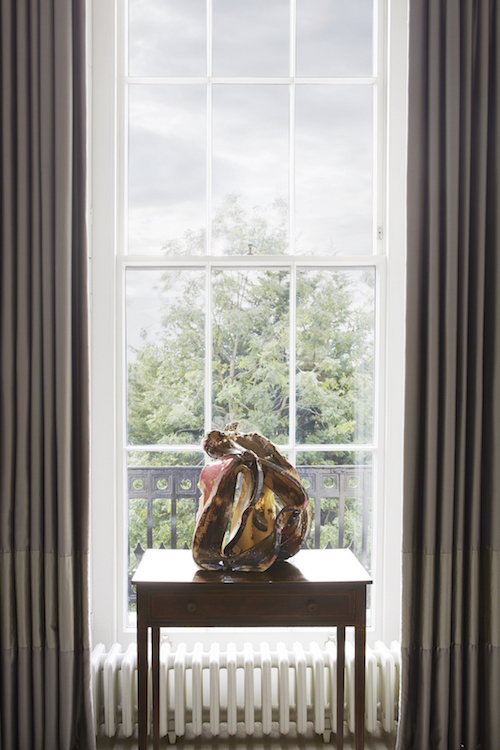
Besides opening your collection to the public, you have also initiated a range of public programs. Why are they important? Can you illustrate with some examples?
We have had very interesting registrars, engaged with various actors around the city, and they have participated to such programs. For example, Louise Chignac curated a number of public viewings of videos from the collection with partners, such as Lux, Goldsmiths, or David Roberts Foundation. Today we host artists that have a studio residency at Camden Arts Centre, allowing them to broaden their invitation to international artists. We like to be available for collaborations. We were to host a panel for Frieze with Eva Langret, but sadly it was cancelled. Hopefully next year…
Can you tell us more about the upcoming exhibition of your collection, “00s. Cranford Collection: The 2000s” at MO.CO. in Montpellier, France?
We were honoured to be invited as the 4thcollection to exhibit there. MO.CO is an art school, an art centre, and a museum without a collection but dedicated to show others. Curators (Nicolas Bourriaud and Vincent Honoré) have chosen to explore the first decade of the 21stcentury through the collection, paralleling world and cultural events with works from the collection, choosing a few for each year of the decade. It will be a surprise to discover how they have installed the works. We are excited at the idea of another perspective on works we know so well.
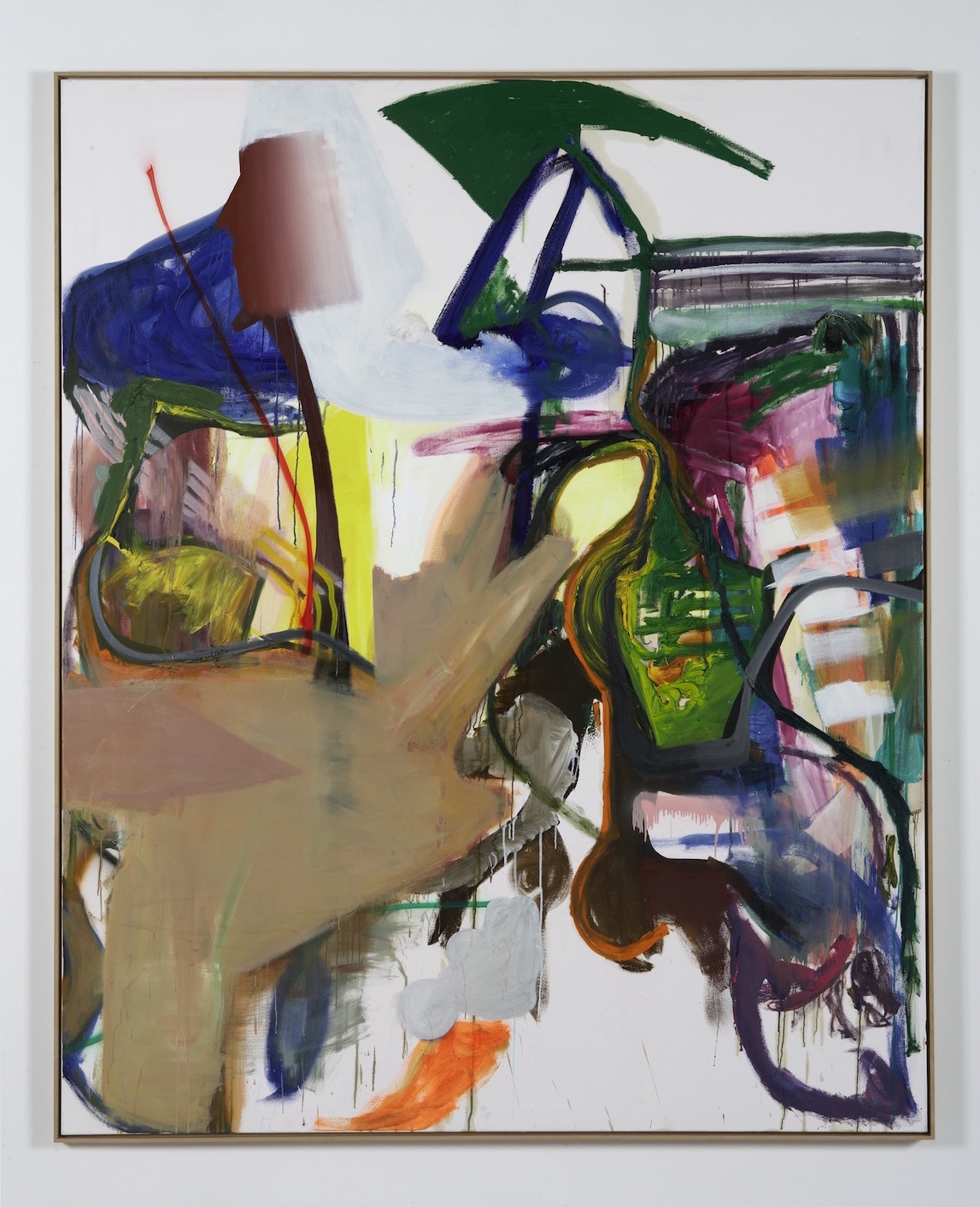
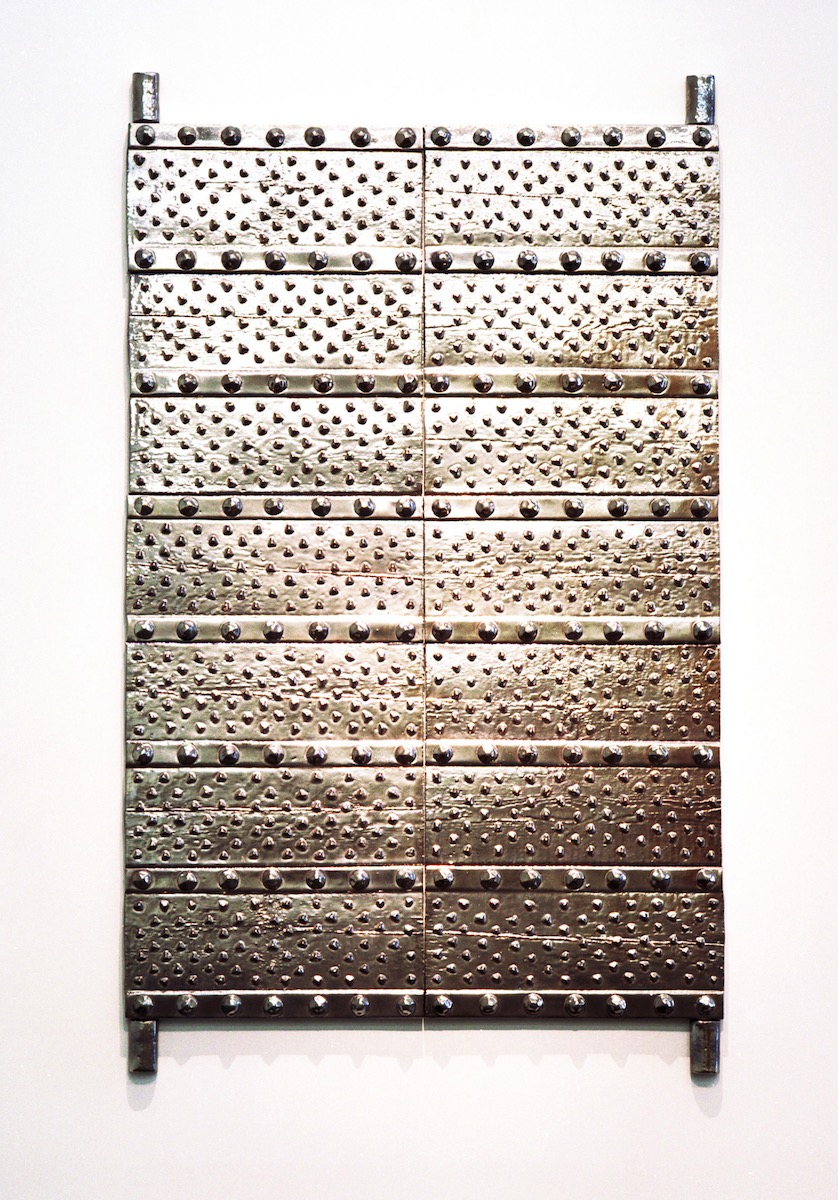
Related: The Cranford Collection
Instagram: @cranford.collection
Upcoming exhibition:
“00s. Cranford Collection: The 2000s”, MO.CO. Hôtel Des Collections, Montpellier, 24.10.2020 → 31.01.2021, www.cranfordarts.org
A selection of artists Muriel and Freddy collect:
Albert Oehlen
Bridget Riley
Christopher Wool
Lynda Benglis
Sarah Lucas





